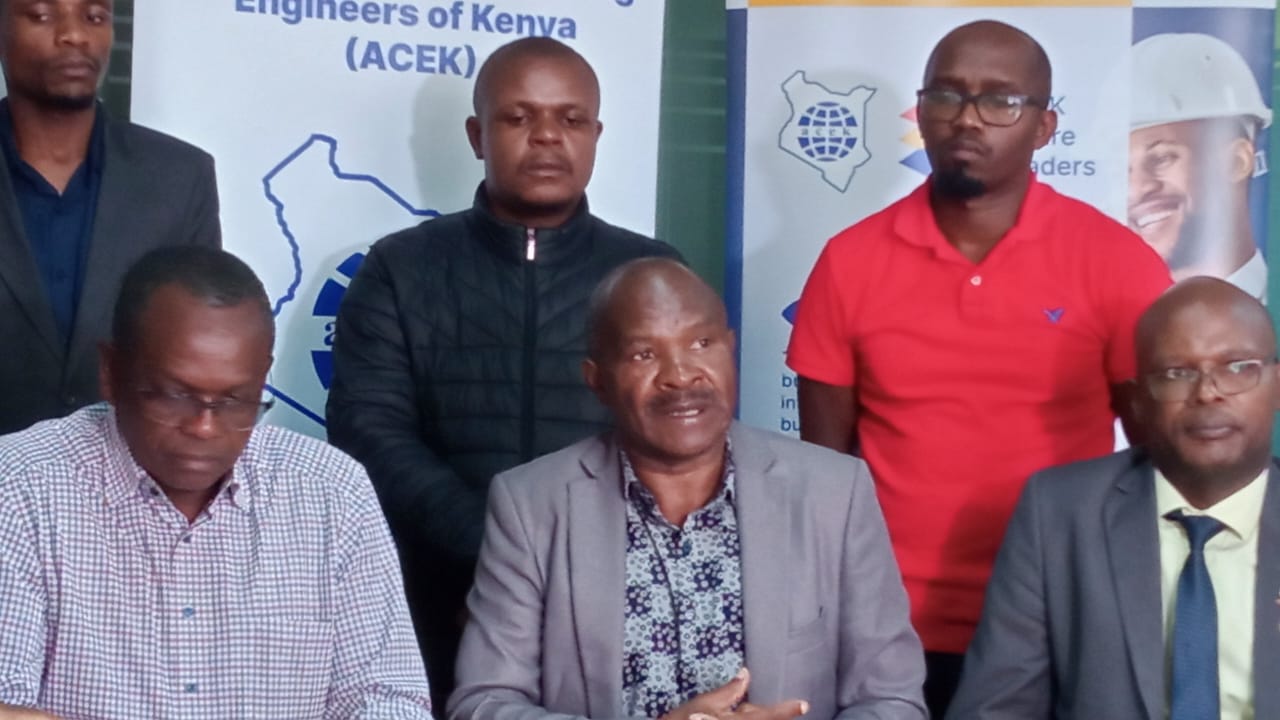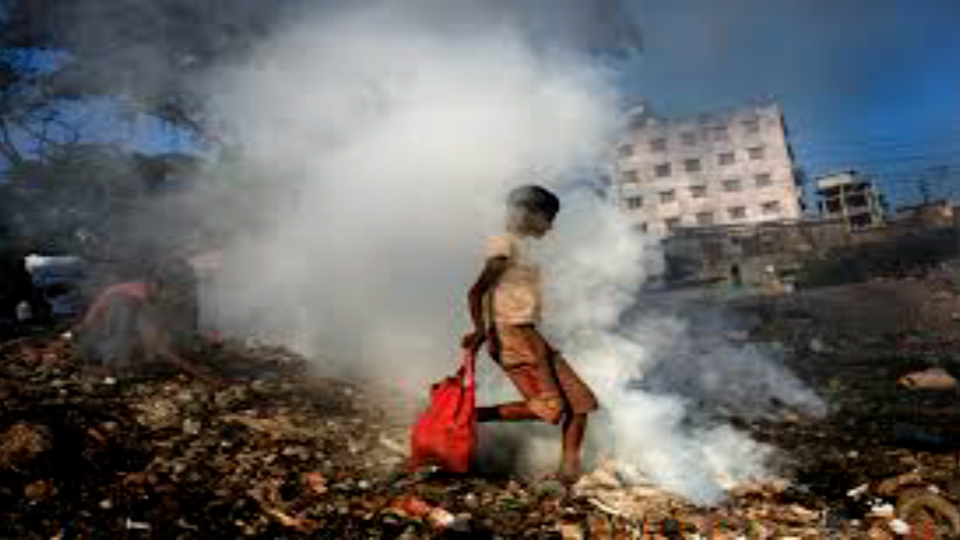
Investors in Kenya’s tourism sector have been encouraged to seize the opportunities presented by the Magical Kenya Travel Expo (MKTE) to network and explore partnerships with global buyers, in a quest to improve tourism business in the country.
Tourism PS John Ololtuaa says that MKTE has been instrumental in facilitating local small and medium travel enterprises and start-ups to access international markets given that over 60% of the travel companies that exhibit at the expo can’t afford to participate in expos abroad.
This, he affirms, can be the catalyst to the exponential growth of Kenya’s tourism sector coupled with the diversification of our products.
“MKTE has over the years created linkages and partnerships between local tourism enterprises and regional and international source markets. This has opened up new opportunities that have seen tremendous growth for local businesses in the tourism value chain. As a ministry, we recognize the immense potential that MKTE offers, especially to MSMEs in the tourism sector looking to establish themselves globally,” said PS Ololtuaa.
The PS was speaking during an MKTE partners’ event whose 14th edition is set to be held from October 2nd-4th, 2024 at Uhuru Gardens, Nairobi.
The partners had come together to explore collaboration opportunities and ways of enhancing the premier travel show in the East Africa Region.
In 2023, MKTE hosted over 3,000 delegates from 25 countries showcasing Kenya’s diverse tourism offerings to the world. The 2024 edition will be targeting to attract 5,000 delegates and 160 hosted buyers including over 100 buyers’ clubs. MKTE also returns as a standalone expo after a successful joint expo last year with the East African Regional Tourism Expo (EARTE), which offered the EAC member states an opportunity to network and explore new tourism business opportunities.
PS Ololtuaa’s commitment to continued public-private sector engagement is geared towards creating an enabling environment for tourism businesses to thrive.
“As a ministry, we are keen on continuously reviewing and reforming our policies to ensure that we create a conducive environment that allows tourism businesses, especially those at the grassroots, to realize their full potential,” added the PS.
The PS also rallied stakeholders to focus efforts on promoting domestic tourism as well, which remains an untapped opportunity.
“As we seek to attract international visitors, we must not lose sight of the immense potential that lies in promoting domestic tourism as well. We need to further encourage Kenyans to explore their own country and take advantage of the high-quality experiences and facilities available right here at home,” said Ololtuaa.

On her part, Kenya Tourism Board (KTB) CEO June Chepkemei expressed optimism that MKTE 2024 will build on the successes of previous editions.
“MKTE has built its reputation over the years as a consistent and affordable platform for Kenyan travel trade, County Governments, and affiliated brands in providing access to international suppliers and markets,” Chepkemei stated.
“This year, we are looking to increase hosted buyers from new source markets such as Americas – Brazil and Mexico; Asia – Saudi Arabia, Qatar, United Arab Emirates, and Australia besides the key source markets in Europe and Africa, in line with our destination diversification strategy,” said Chepkemei.
She added that KTB is working towards the targeted 3 million visitors by the end of 2024.






















